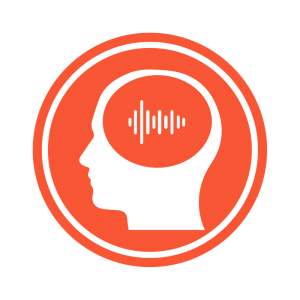Leave a Comment:
1 comment
[…] Pediatric Brain Cancer- Burzynski and Antineoplaston Therapy […]
Reply
Learn about conventional, complementary, and integrative therapies.
Dealing with treatment side effects? Learn about evidence-based therapies to alleviate your symptoms.
Click the orange button to the right to learn more.

Full disclosure- After three years of unsuccessful conventional therapy for my multiple myeloma resulting in two relapses and short, long-term and late stage side effects, I underwent antineoplaston therapy (ANP) from 11/97 to 4/99. I achieved complete remission where I am today.
Because of my ANP experience, I am frequently contacted by cancer survivors of all types asking me about Dr. Burzynski and antineoplaston therapy. Because Burzynski and ANP are controversial I have learned to stick to recounting my own cancer experience and offering studies. Several studies regarding pediatric cancer are linked below.
I am both a cancer survivor and cancer coach. Pediatric brain cancer is one of the most feared of all cancer diagnoses. Conventional oncology has little to offer the patient. If you would like to talk to me about ANP and pediatric brain cancer, please scroll down the page, post a question or comment and I will reply to you ASAP.
To Learn More about Pediatric Brain Cancer- click now
Thanks
David Emerson
“OBJECTIVE: To evaluate the response rates, survival and toxicity of treatment with antineoplaston A10 and AS2-1 (ANP) in the first 12 children enrolled in our studies diagnosed with incurable recurrent and progressive multicentric glioma…
RESULTS: Complete response was accomplished in 33%, partial response in 25%, and stable disease in 33% of patients, and there was no progressive disease. One patient was non-evaluable due to only 4 weeks of ANP and lack of follow-up scans. One patient who had stable disease discontinued ANP against medical advice and died 4.5 years later. Ten patients are alive and well from 2 to >14 years post-diagnosis. Only one case of serious toxicity of reversible tinnitus, of one day’s duration, was described. The study continues with accrual of additional patients.
CONCLUSION: The results of the present study are favourable in comparison with radiation therapy and chemotherapy. We believe that confirmation of these results through further studies may introduce a new promising treatment for incurable paediatric brain tumours”
“BACKGROUND:Brainstem glioma carries the worst prognosis of all malignancies of the brain. Most patients with brainstem glioma fail standard radiation therapy and chemotherapy and do not survive longer than 2 years. Treatment is even more challenging when an inoperable tumor is of high-grade pathology (HBSG)…
RESULTS: The overall survival at 2 and 5 years was 39% and 22%, respectively, and maximum survival was more than 17 years for a patient with anaplastic astrocytoma and more than 5 years for a patient with glioblastoma. Progression-free survival at 6 months was 39%. Complete response was achieved in 11%, partial response in 11%, stable disease in 39%, and progressive disease in 39% of patients. Antineoplastons were tolerated very well with 1 case of grade 4 toxicity (reversible anemia).
CONCLUSION:Antineoplastons contributed to more than a 5-year survival in recurrent diffuse intrinsic glioblastomas and anaplastic astrocytomas of the brainstem in a small group of patients.
“Abstract-Primitive neuroectodermal tumors (PNETs) are usually successfully treated with craniospinal radiation and chemotherapy; however, difficulties with standard treatment can be encountered in very young children, in adult patients at high risk of complication from standard treatment, and in patients with recurrent tumors…
Thirteen children, either with recurrent disease or high risk, were treated in phase II studies with antineoplastons (ANP). The median age of patients was 5 years, 7 months (range, 1-11). Medulloblastoma was diagnosed in 8 patients, pineoblastoma in 3 patients, and other PNET in 2 patients. Previous treatments included surgery in 12 patients (1 had biopsy only, suboccipital craniotomy), chemotherapy in 6 patients, and radiation therapy in 6 patients. Six patients had not received prior chemotherapy or radiation…
Complete response was accomplished in 23%, partial response in 8%, stable disease in 31%, and progressive disease in 38% of cases. Six patients (46%) survived more than 5 years from initiation of ANP; 5 were not treated earlier with radiation therapy or chemotherapy. The serious side effects included single occurrences of fever, granulocytopenia, and anemia. The percentage of patients’ response is lower than for standard treatment of favorable PNET, but long-term survival in poor-risk cases and reduced toxicity makes ANP promising for very young children, patients at high risk of complication of standard therapy, and patients with recurrent tumors…”
[…] Pediatric Brain Cancer- Burzynski and Antineoplaston Therapy […]
Reply